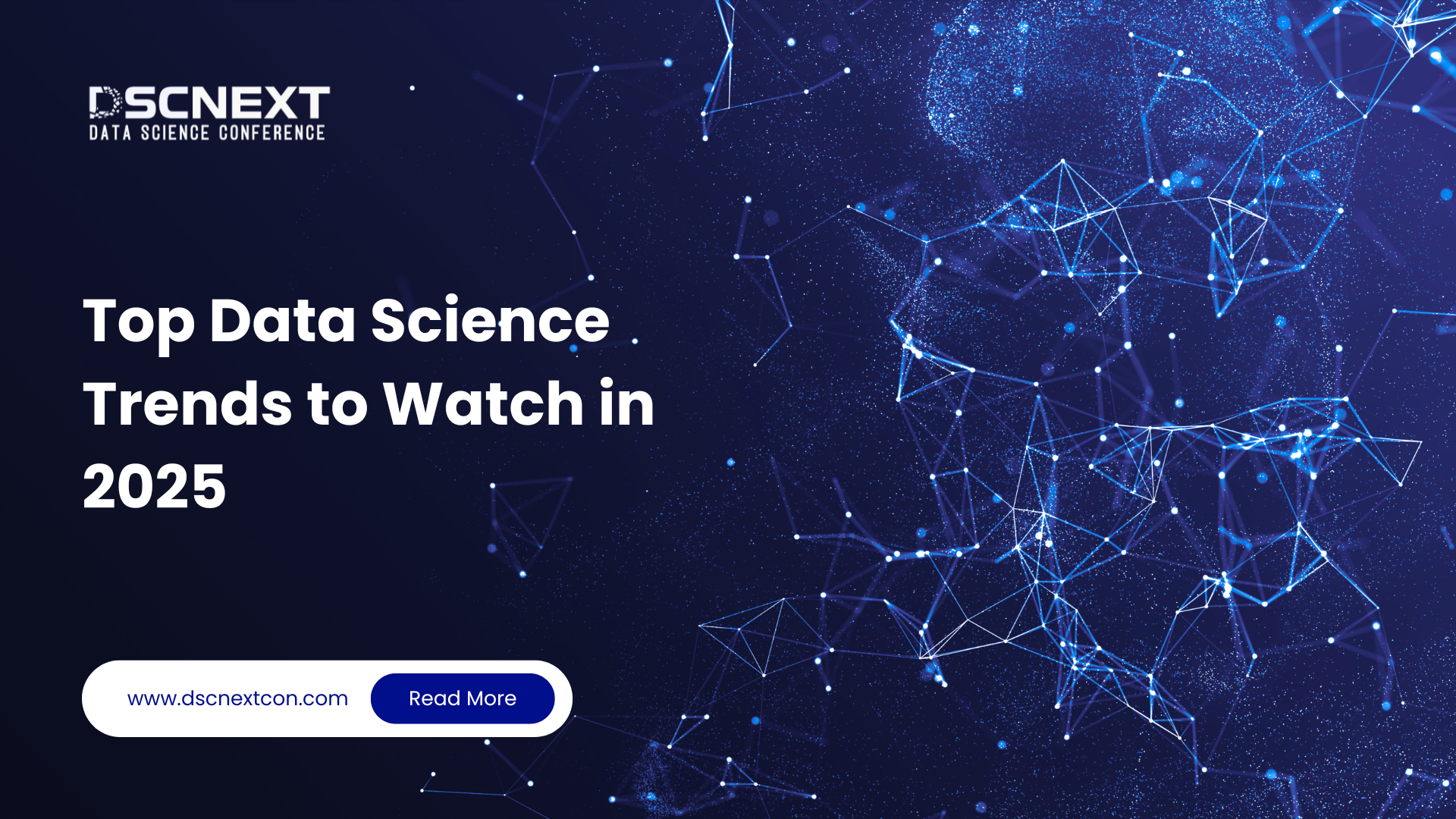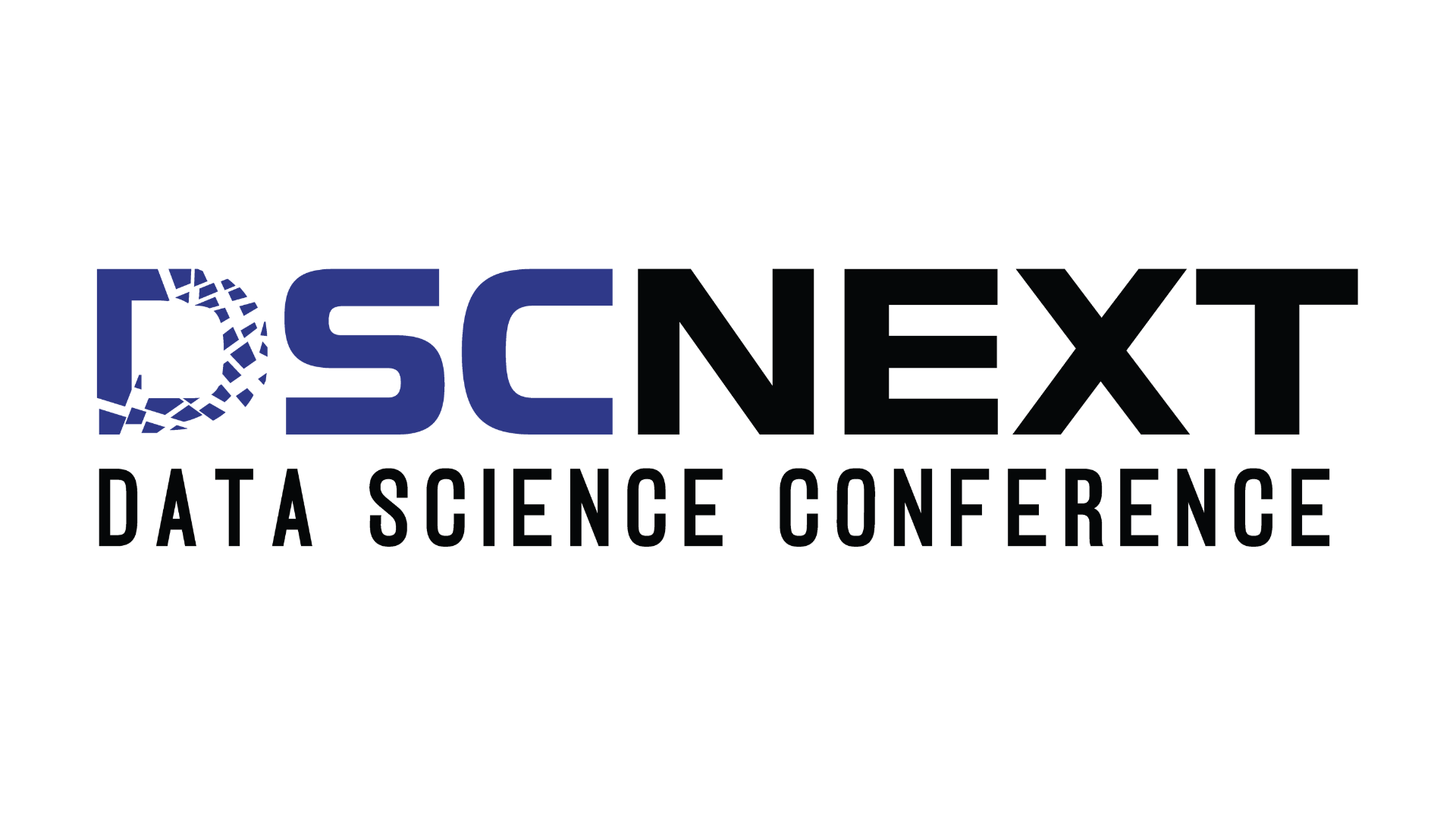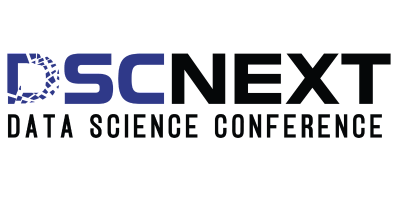
As data keeps growing everywhere, 2025 is turning out to be a big year for data science. With more automation, smarter AI tools, better focus on ethics, and faster real-time analysis, the way we use data is changing fast. Let’s take a look at some of the most important trends that are shaping the future of data science.
1. Deeper Integration of AI and Machine Learning
AI and ML are now automating routine tasks like data cleaning, feature engineering, and model selection. This allows data scientists to shift focus to strategic problem-solving, hypothesis testing, and storytelling.
2. Generative AI Expansion
Generative AI, including models like GPT and GANs, is enabling powerful applications—from content creation and code generation to synthetic data production. While many companies are still piloting it, integration into core business processes is gaining momentum.
3. Data Mesh and Smart Data Architectures
Organizations are moving toward data mesh and AI-powered data fabrics, which decentralize data ownership. These systems empower domain experts, improve data access, and foster agility by reducing silos.
4. AutoML and No-Code/Low-Code Platforms
Automated machine learning (AutoML) is simplifying complex workflows. No-code and low-code platforms now enable non-technical users to build models and analyze data using visual tools—democratizing data science across industries.
5. Emphasis on Unstructured Data
With the explosion of text, images, video, and audio, there’s a growing focus on unlocking insights from unstructured data. Advances like retrieval-augmented generation (RAG) and vector search are helping extract actionable knowledge from these formats.
6. Explainable AI (XAI) and Ethical Frameworks
As AI systems influence decisions in healthcare, finance, and criminal justice, explainability and transparency are becoming non-negotiable. XAI ensures that models remain interpretable, while privacy-preserving techniques like federated learning and encryption gain traction.
7. Real-Time and Edge Analytics
The convergence of IoT and edge computing is fueling real-time data processing closer to the source. From smart cities to autonomous vehicles, this trend supports faster decision-making and reduced latency.
8. Data-Backed Over Model-Centric AI
More and more, people are realizing that good data matters more than just having fancy models. Clean, diverse, and reliable data is key to building strong AI systems. That’s why companies are now putting more effort into managing their data properly and making sure it’s high quality and easy to track.
9.The Growing Trend of End-to-End AI Solutions
In 2025, businesses no longer seek just model prototypes—they demand complete, production-ready AI pipelines. This includes data ingestion, preprocessing, modeling, deployment, monitoring, and compliance—all in one seamless flow. End-to-end AI platforms (like MLflow, Azure ML, and Vertex AI) are becoming the backbone of enterprise adoption, enabling faster time-to-value and reducing technical debt.
10. Focus on Synthetic Data
To overcome issues of data scarcity and privacy, generative models are being used to create synthetic datasets. These offer an ethical and scalable alternative for training models, especially in sensitive domains.
11. Open Collaboration Platforms on the Rise
Online communities are playing a bigger role in how data scientists learn, share, and grow. Platforms like Kaggle, GitHub, and Hugging Face have become go-to spaces for exploring public datasets, building portfolios, and collaborating on real-world challenges. In 2025, open collaboration is not just a trend—it’s becoming a key part of how data professionals connect and innovate.
12. The Rising Trend of Deepfake Audio and Video
The rise of deepfake technology, powered by generative adversarial networks (GANs) and advanced machine learning, is creating hyper-realistic video and audio content that can be indistinguishable from reality. While this technology has creative applications in entertainment, marketing, and accessibility (like voice synthesis for assistive tools), it also raises significant concerns. Deepfakes are increasingly being used for misinformation, identity fraud, and political manipulation, prompting urgent calls for AI governance, digital forensics, and watermarking systems. In 2025, expect both the capabilities and the countermeasures against deepfakes to advance rapidly.
Statistics on Data Science Growth
The growth of data science is nothing short of extraordinary, reflecting its rising influence across industries. Between 2023 and 2033, employment for data scientists is projected to surge by 36%, far outpacing the average growth for all occupations. This rise is matched by a booming market—data science platforms are expected to expand at a compound annual growth rate (CAGR) of 28.8%, reaching an estimated USD 1,826.9 billion by 2033. From 2020 to 2022 alone, demand for data scientists increased by 56%, showcasing how rapidly organizations are prioritizing data-driven decision-making. This demand is also reflected in compensation, with the average annual salary of a data scientist in the United States hovering around $122,840. On the data side, the global volume of data is expected to reach an astonishing 175 zettabytes by 2025, fueling the need for advanced analytics and intelligent systems.
Conclusion
Data science in 2025 is growing fast, with powerful new technologies changing the way we understand and use data. From smarter AI tools and generative models to stronger focus on ethics and privacy, these trends are opening up exciting new possibilities. To keep up and stay competitive, both professionals and businesses will need to follow these changes closely and make the most of what data science has to offer.
Looking Ahead: DSC Next 2026
As these trends continue to evolve, the Data Science Conference (DSC Next 2026), scheduled for March 24–26 in Amsterdam, will provide a global stage to explore what’s coming next. The event will bring together industry leaders, AI pioneers, and data scientists from around the world to share the latest tools, real-world applications, and strategies that are shaping the future of data science.
References
1. StatusNeo – Future of Data Science 2025

